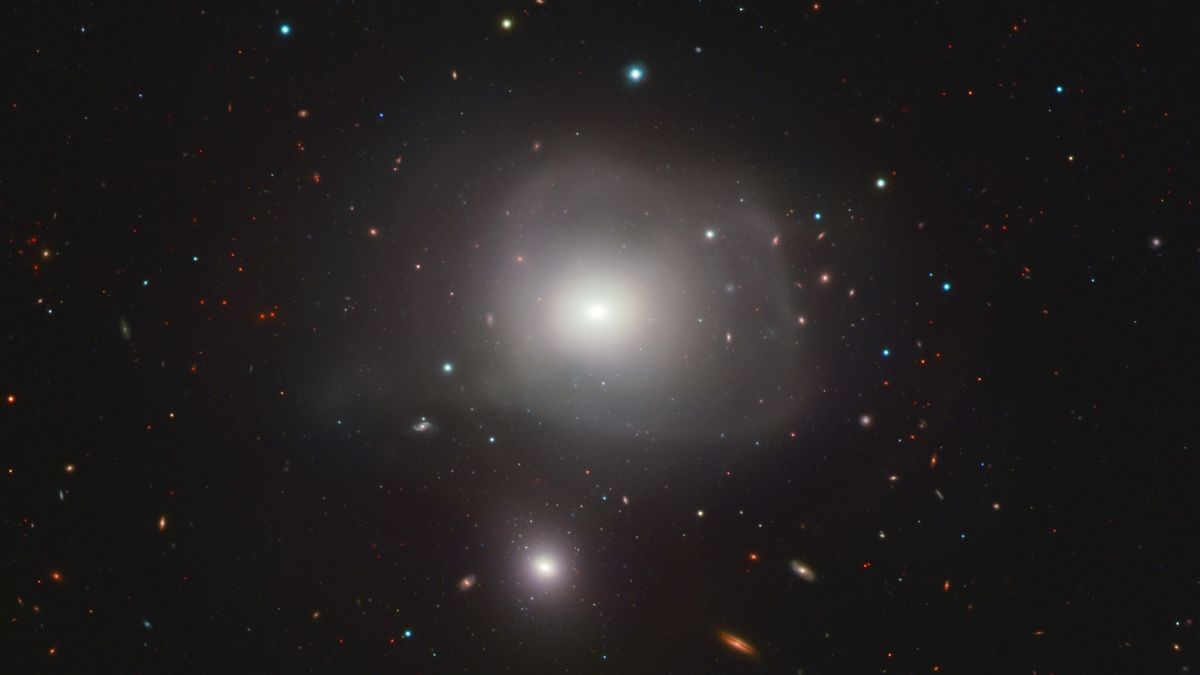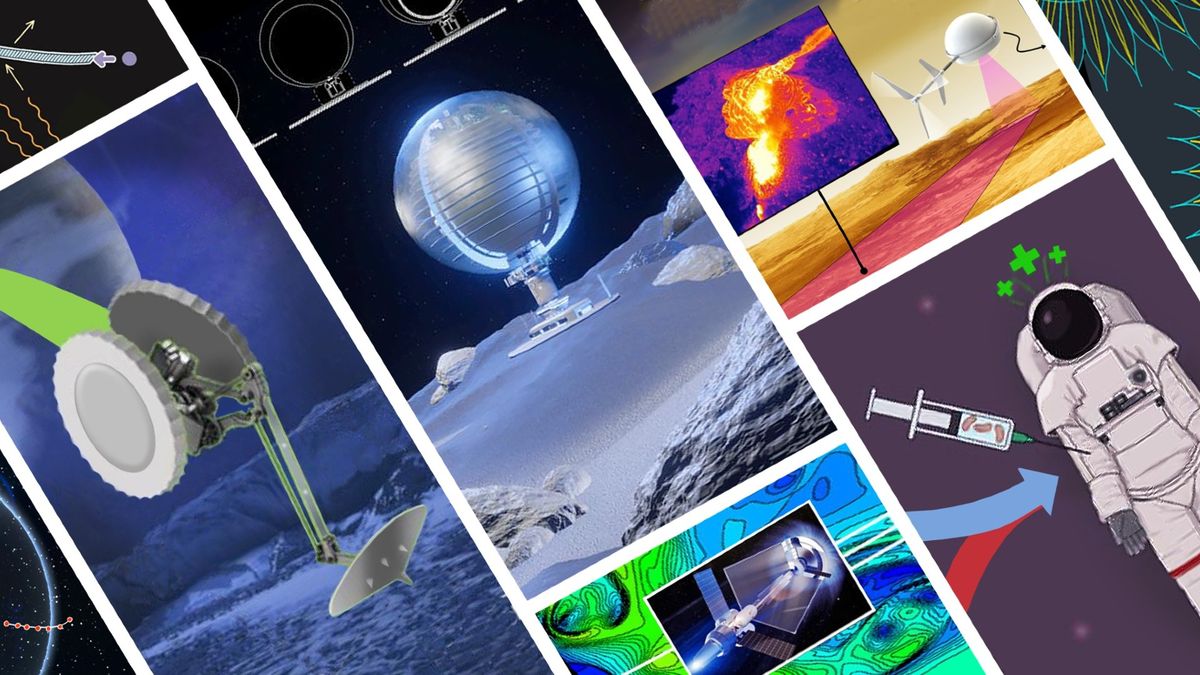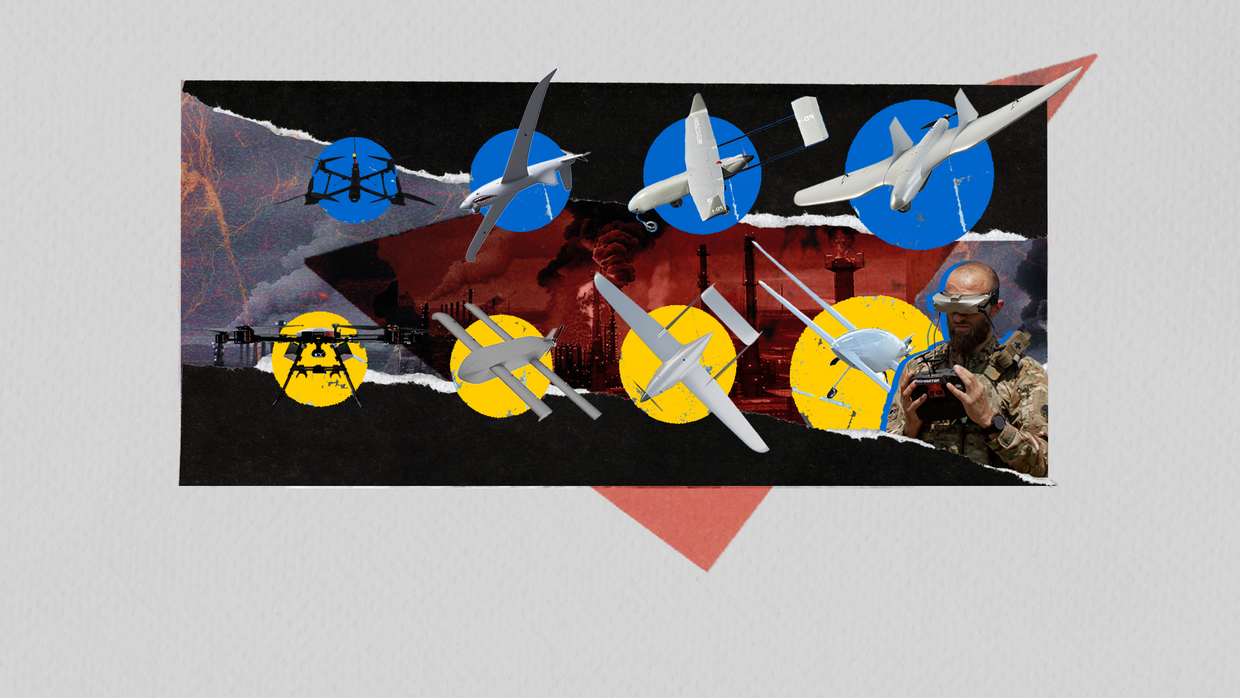In preparation for its eighth Starship launch, SpaceX is finishing up preflight shakedowns for the megarocket's first stage, or Super Heavy booster, and second stage, also known simply as "Ship." As such, things have been busy down in Starbase, Texas, at SpaceX's Starship manufacturing and test facilities.
More specifically, the company recently completed static test fires on both vessels tapped to fly on Starship's next integrated test flight (IFT-8). All 33 Raptor engines of SpaceX's 233-foot (71-meter) Super Heavy booster were ignited last weekend for the vehicle's launch simulation run. "Full duration static fire test of Super Heavy," SpaceX posted to X on Sunday, Feb. 9, with a set of photos from the pre-flight booster test.
The next steps will involve this particular rocket's Ship and Super Heavy components progressing toward vehicle stacking.

Full duration static fire test of Super Heavy pic.twitter.com/JwVWdyarfdFebruary 9, 2025
On Tuesday evening (Feb. 11), SpaceX completed the engine test for the soon-to-launch Starship's Ship. Ship's test-stand resides just down the road from Starbase's launch facilities, a couple miles from where Super Heavy's static fire occurred just days before. Ship's test lasted longer than the booster's did, and was more dynamic. In another post from Wednesday (Feb. 12), SpaceX explained the engines were put through a range of thrusts to "recreate different conditions seen within the propulsion system during flight."
Starship's test flights have been progressively more complex, as SpaceX has improved upon each iteration of the vehicle. Tuesday's test fire included new hardware as well, according to the company's Wednesday post. Soon, Ship will be rolled to the launchpad where its Super Heavy partner awaits, and the two will be stacked for flight. Mated, the Super Heavy/Starship stack towers a staggering 403 feet (123 meters) tall, with Ship alone standing taller than the Statue of Liberty.
Starship's last test flight, IFT-7, launched on Jan. 16, with mixed results. Previous flights have seen successful splashdowns of Ship at sea, as well as picture-perfect returns of Super Heavy boosters back to the Starbase pad. There have even been mid-air catches of the Super Heavy booster, thanks to the launch tower's "chopstick arms". IFT-7 did see a successful booster catch, but SpaceX lost communications with Ship about 8.5 minutes into flight. The stage was seen shortly after by witnesses across the Caribbean breaking up in explosive pieces as it disintegrated in the atmosphere. No doubt, SpaceX is hoping for different outcome with IFT-8.
IFT-8 could launch as early as the end of February, but this is dependent on several factors, including the Federal Aviation Administration (FAA) granting SpaceX the necessary launch license.
This will mark the second Starship launch of 2025, which puts the SpaceX slightly behind a steady pace for the 25 launches the company is hoping to get off the ground this year.
Still, these are still test flights for the gargantuan rocket; its path to operational missions is one of increasing scrutiny as mission dates in need of Starship's capabilities gradually near. Namely, NASA's Artemis 3 mission, scheduled for 2027, plans to use Starship to land the next astronauts on the moon.
.png)
 German (DE)
German (DE)  English (US)
English (US)  Spanish (ES)
Spanish (ES)  French (FR)
French (FR)  Hindi (IN)
Hindi (IN)  Italian (IT)
Italian (IT)  Russian (RU)
Russian (RU) 








Comments